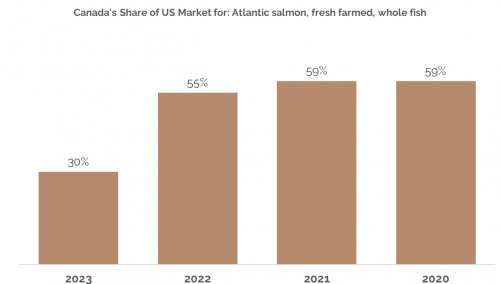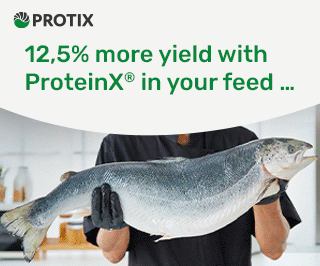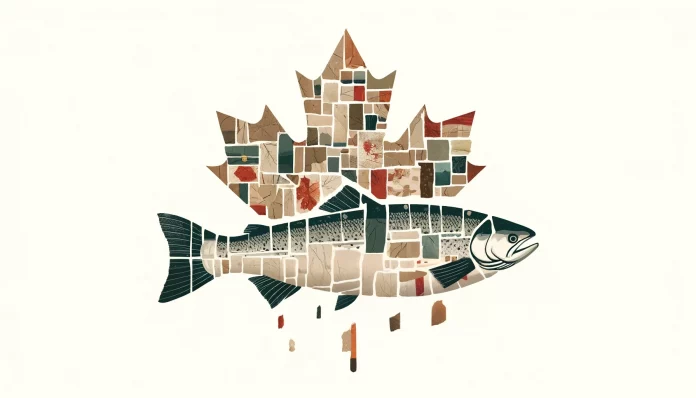Donald Trump’s newly announced tariffs on Canadian imports have sent ripples through the seafood industry, adding yet another headwind for a Canadian salmon sector already in decline.
Canada has historically been the dominant supplier of fresh Atlantic salmon to the US, at times accounting for more than half of American imports.
But production has been shrinking, and by early 2023, Canada’s share of the American market had fallen to just 30%. The decline has been driven not by market forces but by government policy, as Ottawa pushes ahead with an aggressive plan to shut down salmon farms in British Columbia, particularly in the Discovery Islands.

The industry is still reeling from those cuts. Canadian farm-raised salmon exports to the US fell by 47% in early 2023 compared to the previous year, and total Canadian aquaculture production dropped to 145,985 tonnes in 2023—the lowest in a decade. As a result, the US has increasingly turned to Norway, Chile, and the UK to fill the gap, further eroding Canada’s dominance in a key export market.
Now, with Trump’s tariffs in play, the Canadian salmon industry faces a fresh existential threat. While the exact details of the tariffs’ implementation remain unclear, the potential consequences are significant. In the short term, higher import taxes could force US buyers to look elsewhere, accelerating Canada’s loss of market share. If American tariffs extend beyond Canada to other major suppliers like Norway and the EU, it could further disrupt the global salmon trade.
As SpareBank 1 Markets analyst Knut-Ivar Bakken pointed out, the real risk is escalation. “The biggest concern is that the trade war will spread, and that the U.S. will impose tariffs on salmon imports from the EU and/or Norway,” he told DN.
Higher prices
For American consumers, the impact is likely to be higher salmon prices—a familiar story when tariffs hit core imports. As seen in previous trade disputes, tariffs are ultimately paid by US importers, who then pass the cost down the supply chain. With the US accounting for 23% of the global Atlantic salmon market, even small disruptions could send ripples across the industry.
Some US-based salmon farmers see an opportunity. Land-based producer Atlantic Sapphire has already moved to reduce its reliance on Canadian feed suppliers in response to the new tariffs, signaling a shift toward greater domestic sourcing. But with the US salmon farming sector still far from self-sufficiency, the country remains dependent on imports to meet demand.
The bigger picture is a deepening rift in North American seafood trade. The Canadian salmon industry is already battered by internal pressures, with federal regulations pushing farms out of operation.
Now, US tariffs threaten to accelerate the industry’s decline, forcing Canadian producers to find alternative markets or risk losing one of their most critical export destinations.
For American consumers, the result is clear: Trump’s tariffs are likely to make salmon more expensive. For Canada’s struggling salmon sector, it’s yet another blow at a time when the industry can least afford it.



